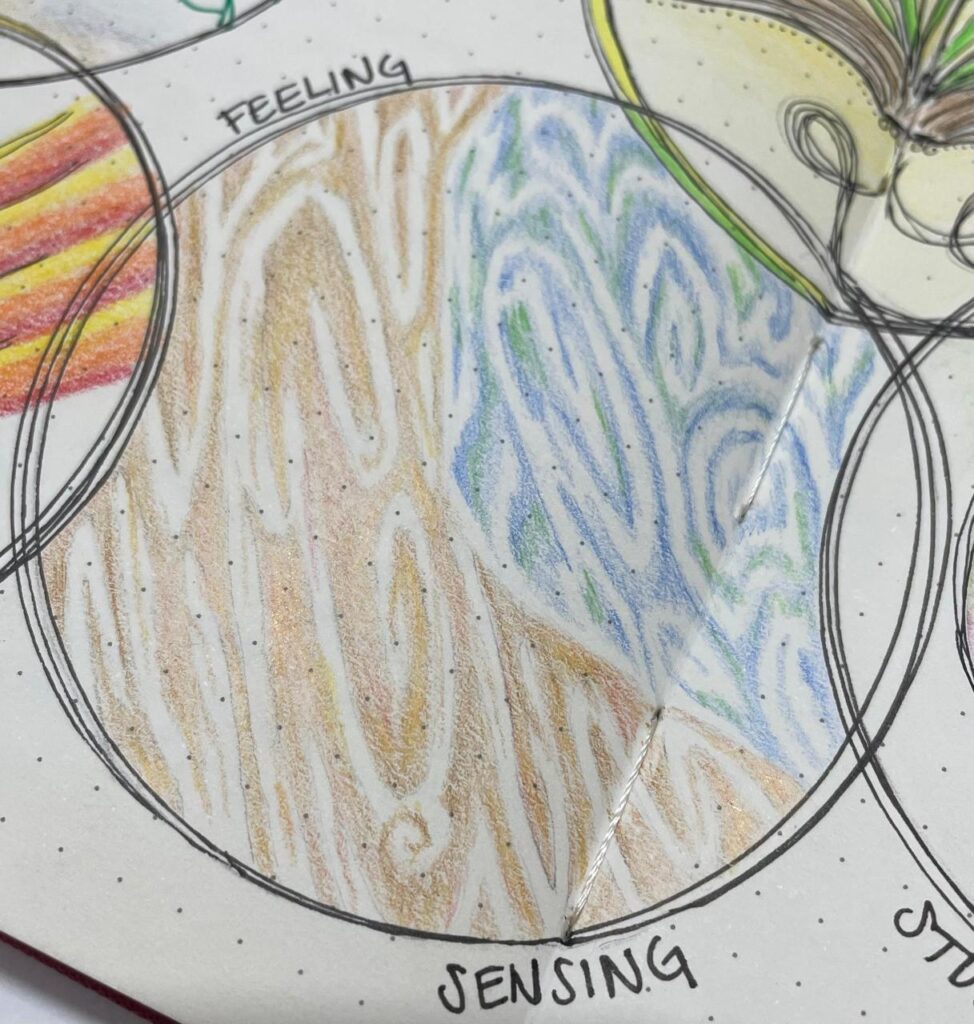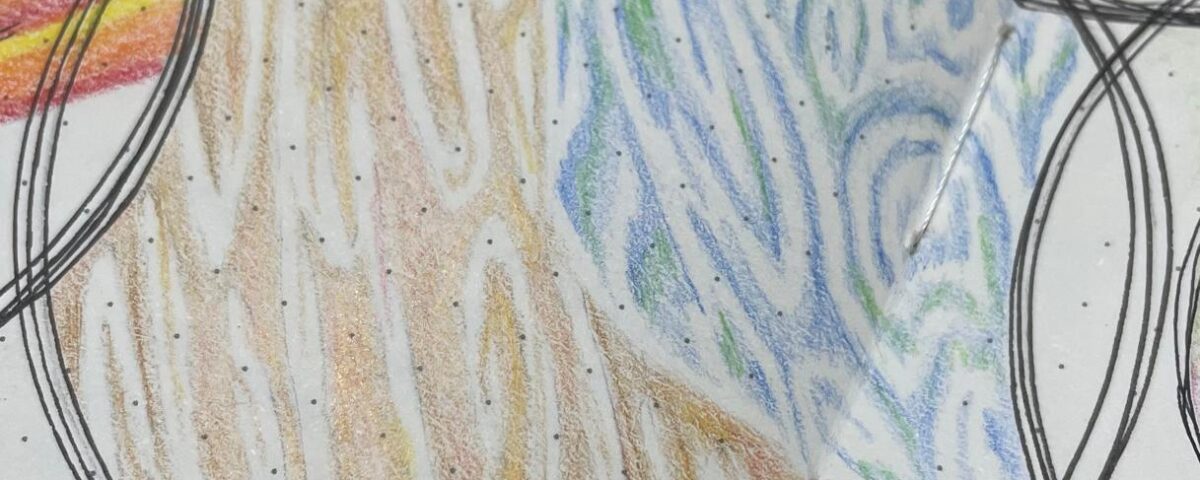
The Bar and Back
June 23, 2024
The Pain Journal
September 14, 2024
I would do anything to change my pain!
Maybe you have thought this too. The challenge, of course, lies in the fact that to change our pain, we need to make lifestyle changes. Most of us want to change our pain status…without any significant investments of time or alterations in our busy life rhythms. We often ask God to do this for us, expecting Him to perform a miracle that enables us to tackle our overcommitments in a pain-free superhero style. While God cares deeply about what each of us face, more than eliminating hardship, He walks alongside us, empowering us to make much-needed changes in our lives.
In this blog and my next one, I’m going to talk about a troubling relationship in my own life that needed change—my relationship with pain. As it turns out, this relationship, though technically not the physical pain itself, greatly contributes to my experience of pain.
When I first read about the idea of changing my relationship with my pain, I felt intrigued. It sounds like a great thing to tell someone nonchalantly: “Oh yes, I’m in the process of changing my relationship with my pain. It’s going great!” Before I could make flashy statements, I had to understand my relationship with my pain in the first place. Let me compare it to a normal human relationship, because pain has surely been a companion in my life, a long-term friend or enemy depending on my heart status. When you fall in love, you tend to think about the person constantly, meditate on every detail about time spent with them, recall how you felt around them, and talk incessantly about them to any captive audience. Was I doing this with my pain? Did I have a relationship with my pain?? Though I couldn’t see it at the time, my painful physical status had taken over my thoughts, highjacked my plans for the future, and consumed my identity. I didn’t even know who I was apart from my pain.
Sounds like an unhealthy relationship.
Much of the literature and podcasts that address chronic pain also address this dysfunctional relationship with pain. I can’t even remember where I first read about starting to change my relationship with my pain by first becoming curious about it. Curious? Yes, curiosity is a much more positive response to pain than the ever-present alternative: fear. And fear was the dominant feature of my relationship with my pain. With chronic pain, nothing will make it disappear as fast as we want it to, and an attitude of compassionate curiosity is much more likely to lead to changes. We might need to face the reality that if our pain doesn’t change, the only thing that we have the power to change is our relationship to it.
From Peter Levine, I learned that with practice, I could pull my mental attention away from my pain. He calls this practice “pendulation.”[i] My goal here is not to teach you about pendulation, but to present ideas that started me on my journey. I’ve linked some videos below if you feel curious to learn more about this concept.
I sure felt curious: Wow! Mind-blowing! That’s really interesting! I want to learn how to do that! My pain, and all the fear that comes with it, had been in the forefront of my mind, and copious words about it had resided on the tip of my tongue for so long that I felt obsessed. Picture my whole being contracted around my physical pain and the accompanying emotional turmoil. I could barely talk about anything else, or at least it felt that way. I needed to learn to draw my attention away from my pain. Following Levine’s advice, I would lay on my mat, easily focus on the painful area (which felt like my whole body because I couldn’t yet discriminate or tell what was going on) and then briefly take my mental focus to something like my fingers, which felt pain-free or neutral.[ii] Pulling my attention away from the pain felt weird and unfamiliar, like brushing your teeth with your non-dominant hand. Despite how new and foreign it felt to move my attention away from my pain, at least now when people asked me how I was doing, I could say in all honestly that I was learning to change my relationship with my pain. I was learning to control my awareness of it. Even getting my mind off the pain for a few moments felt liberating. Then I built the capacity to do this for longer amounts of time. After a bit, I could safely roll my mind back to the painful spot and being to reassess it and, with curiosity, notice if there was any change.
If you feel slightly skeptical of my enthusiasm about this concept, just think about how hard it is to focus on anything else when you have a splinter under your fingernail. Something might distract from that intensity for a few seconds—like when you realize a pot on the stove is about to boil over—but as soon as that other attention-grabber is taken care of, your mind goes right back to your throbbing finger. Can you engage in any kind of serious discussion when you have a splinter? Not likely. You will probably dominate the discussion by telling your patient listener that you have a splinter! This is why people in pain talk about pain so much. How horrifying it would be to have a splinter that lasted a few years. It would change you.
Though Peter Levine introduced me to the idea of shifting my awareness, the SmartBody SmartMind[iii] course I took in 2021 taught me how to do this with more intention and skill. Irene Lyon’s audio files taught me how to be aware of my body. We started very simply, with basic orientation—slowly observing the world in my line of vision as I turn my head, feeling my body contacting the chair or mat, feeling my feet on the floor. From there things progressed to being aware of my breathing (without changing it) and aware of my back against the floor at the same time. Multi-tasking awareness!
This may sound like a small achievement to you, my dear reader. Looking back, I’m not even sure why I kept moving forward with it other than the fact that I had no clue what else to do with my painful body and obsessed mind. And…I could sense in my spirit that it was a very good thing to focus on something other than my pain.
So, I spent much time learning about awareness of my body, learning to feel my body in different, more neutral ways, rather than feeling overwhelmed by my personal cloud of pain. Then I learned about shifting awareness, or pendulation. I didn’t really have anywhere else to go, so I kept practicing these concepts. As I grew in awareness and familiarity with my body, I noticed many things. So much was tightly contracted: my shoulders almost all the time, my back muscles, my legs, my jaws, even my tongue! At first, awareness can be overwhelming in a discouraging way. So much about the body feels wrong that you have no clue where to begin. How in the world am I going to change all this? Would it help me handle my pain better?
As part of my Christian faith, I had many resources I often used to pull my attention away from my pain. Activities such as quiet time, journaling, artwork, writing, and reading all distracted me from my pain and pointed my mind in a positive direction. But with this new understanding of my tense body, I understood that the task ahead was to learn to live, actually live and flourish, in the body that I didn’t necessarily want. Could I learn how to reduce this tension? God spoke to me one morning with the words: “Awareness is a gift.” At that point, it didn’t feel like a gift, but more of a burden.
But alongside learning to be aware of tension (which is closely connected to fear and stress), I was spending time each day learning to relax my muscles. Boy, did that feel good. With the audio files in SmartBody SmartMind, I grew skilled in breathing (yes!) and relaxing (wonderful!). With time and practice, I could reduce my pain by engaging in these calming activities—largely because I was reducing the tension and fear around the pain. I even drew a small image in my journal to try to represent this new relationship with my pain. I had the developed skill of pulling my mind from my pain to experience pleasant sensations!
Just as in any relationship, being aware of the problems is the first step. Without awareness, there is no motivation to change. In this early season of my journey, I discovered the extensive parameters of this relationship with pain. I needed a better way to process it and understand what had taken over my life. And that is what my next entry will be about…my pain journal.
I’ll leave you with a practical application. Just pause. Just feel. Often. Throughout the day. Maybe ten seconds here and there. It feels really good! Just pausing and feeling can help us combat the incredible rush of daily life and feel connected to our God-given bodies.
[i] Peter Levine, “What is Pendulation in Somatic Experiencing with Peter A. Levine, PhD.” https://youtu.be/LiXOMLoDm68?si=mrQh_AL8GqKyEL4E.
Also watch Irene Lyon, “Pendulation: How to Shift Focus To Calm Overwhelm.” https://youtu.be/4Wbo1LPx-e8?si=3vgn5ChELLC3E5KV.
[ii] I don’t remember where I read this in order to cite it properly. My bad. I’m taking better notes now. But any of Peter Levine’ s books are a great place to start when learning to understand your body’s long-term responses to trauma.
[iii] SmartBody SmartMind: https://smartbodysmartmind.com/.


